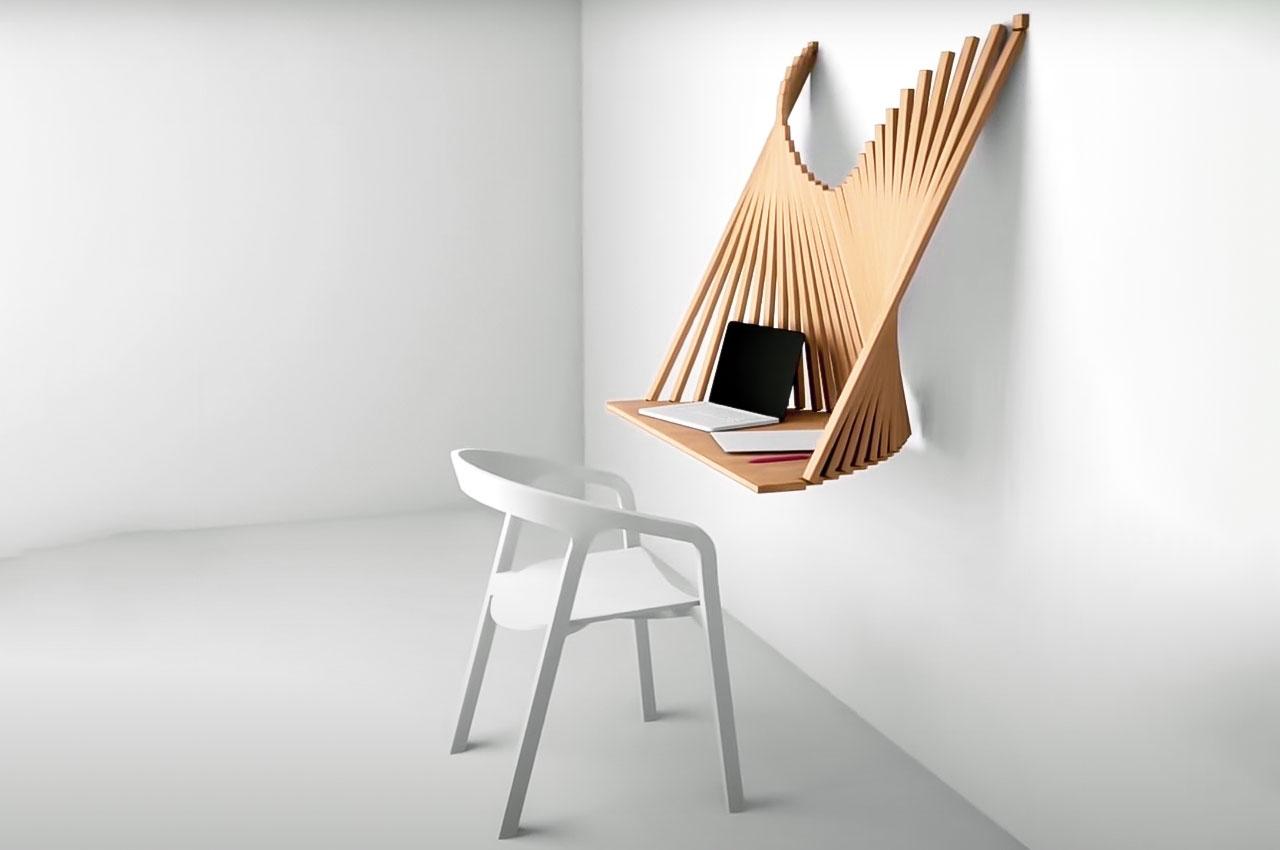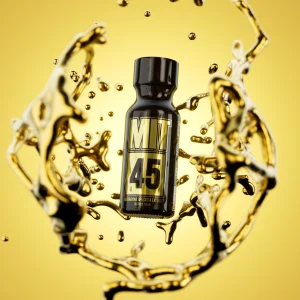Cats have long been cherished companions, known for their playful antics and quiet companionship. For cat owners, ensuring the comfort and security of their feline friends is paramount, which brings us to the intriguing world of “cat cages.” Often misunderstood as mere containment devices, these enclosures play a critical role in the lives of indoor and outdoor cats alike. This article delves into the multifaceted uses of cat cages, exploring their benefits for both pet and owner, as well as offering guidance on choosing the perfect cage to suit individual needs. Whether for travel, temporary restrictions, or as a protected outdoor space, understanding the importance of a well-designed cat cage is essential for every responsible cat owner. Join us as we uncover the various aspects that make a cat cage not just a necessity, but a valuable asset in fostering a harmonious human-feline relationship.
Table of Contents
- Choosing the Perfect Cat Cage for Your Feline Friend
- Essential Features to Look for in a Cat Cage
- Benefits of a Portable Cat Cage for Travel and Home Use
- Innovative Designs: Creating a Comfortable Space for Your Cat
- Q&A
- Closing Remarks
Choosing the Perfect Cat Cage for Your Feline Friend
Selecting the ideal enclosure for your feline companion involves more than just a simple purchase. It’s about creating a safe, comfortable space where your cat can thrive. When considering options, start by assessing the size of the cage. It should be roomy enough for your cat to move freely, stretch, and even play. An adequate amount of space prevents feelings of confinement, which can lead to stress and anxiety.
The material of the cage plays a crucial role in its overall functionality. Opt for materials that are robust yet lightweight, such as stainless steel or high-grade plastic. These materials are not only durable but also easy to clean, ensuring your pet’s environment remains hygienic. Additionally, a cage with a removable tray makes cleaning more convenient.
- Size: Ensures comfort and promotes movement.
- Material: Choose durable and easy-to-maintain options.
- Ventilation: Look for cages with adequate airflow.
Ventilation is another key factor. Proper airflow is essential to maintain a fresh environment. Look for cages with mesh or grate designs allowing air circulation without compromising security. This feature ensures that your cat remains cool and comfortable, especially during warmer months.
| Feature | Importance |
|---|---|
| Size | Allows movement and prevents stress |
| Material | Durable and hygienic |
| Ventilation | Maintains a fresh environment |
Consider additional features like wheels for mobility and foldability for easy storage and transport. A cage with these features offers flexibility and practicality, especially if you plan on traveling with your cat or rearranging spaces around the home. Prioritizing these elements can transform a typical cage into a versatile habitat that caters to both you and your pet’s needs.

Essential Features to Look for in a Cat Cage
When selecting a cat cage, it’s essential to prioritize certain features that ensure the safety and comfort of your feline friend. Durability stands at the forefront. Opt for cages made of robust materials like stainless steel or heavy-duty plastic; these materials not only withstand the test of time but also resist scratches and rust, creating a secure environment for your cat.
Another critical aspect is the size and space. Your cat should have ample room to move around, stretch, and even play. Look for cages that offer multiple levels or platforms if they are intended for extended stays. These designs can add vertical interest and functional space for your cat to explore. Consider the dimensions of the cage carefully based on your cat’s size and the length of time they might spend within it. Here’s a simple breakdown:
| Feature | Recommendation |
|---|---|
| Height | At least 3 feet for added vertical space |
| Width | Minimum 2 feet to allow freedom of movement |
Accessibility and cleaning should also be top priorities. A cage with multiple doors or panels will allow you to clean with ease and access your pet without causing stress. Removable trays or drop-down bottom grates are valuable features, simplifying maintenance and ensuring a hygienic living space. Additionally, ease of assembly and disassembly can prove beneficial if transportation or storage becomes necessary.
Lastly, consider features that enhance comfort. Built-in feeding dishes, soft bedding areas, or even space for litter trays can significantly improve the living conditions inside the cage. Personalizing your cat’s cage with elements that they find comforting, such as their favorite toys or a familiar blanket, can help reduce anxiety and make their time in the cage more enjoyable.
the right cage combines safety, comfort, and practicality, giving your cat a space that meets all its physical and emotional needs while making it manageable for you to maintain. Choose wisely, keeping in mind these essential features to ensure your feline friend thrives.
Benefits of a Portable Cat Cage for Travel and Home Use
Traveling with a feline friend requires careful consideration to ensure their safety and comfort. A portable cat cage is an ideal solution for both travel and home environments, offering a unique blend of security and convenience. Being lightweight and easily transportable, these cages are designed for both short trips and long journeys, providing a stress-free experience for your cat and yourself [[1]].
Here are some advantages of using a portable cat cage:
- Security and Safety: Portable cages offer robust protection, preventing your cat from wandering off in unfamiliar settings. Their secure design ensures your pet remains safe during transit [[2]].
- Versatility: Whether you’re heading to the vet or taking a weekend trip, a portable cage adapts to various situations, making pet management effortless.
- Ease of Use: Many models feature intuitive setup and breakdown mechanisms, allowing you to quickly assemble or disassemble the cage as needed [[3]].
For home use, portable cat cages double as a versatile containment solution, ensuring your pet has a designated, secure area to relax. These cages can be set up indoors or outdoors, offering a flexible environment that meets your cat’s needs without permanent fixture constraints. You can effortlessly relocate them between rooms or even out into the garden, allowing your feline friend to experience fresh air safely.
| Feature | Benefits |
|---|---|
| Lightweight | Easy to carry and transport anywhere. |
| Durable Material | Withstands the rigors of travel. |
| Compact Design | Fits comfortably in most vehicles. |
In essence, portable cat cages provide the peace of mind you need to travel confidently and care for your pet at home. Their thoughtful design and functionality ensure that both you and your cat can enjoy a harmonious experience during travel and leisure.

Innovative Designs: Creating a Comfortable Space for Your Cat
Designing a cozy haven for your feline friend involves more than just providing a bed. Modern innovations in cat furniture have revolutionized the way we think about our pets’ habitats. With the advent of multi-functional designs and compact solutions, cat owners now have endless possibilities to cultivate the perfect environment. For instance, integrated solutions such as the hidden cat litter box not only save space but also ensure that the necessities blend seamlessly with your interior decor and lifestyle.
Innovation in cat furniture often aims at minimizing the clutter while maximizing comfort. The concept of multi-layered cat shelves provides vertical playgrounds that not only entertain your pet but also indulge their natural penchant for climbing. Products like the WLO Compact Cat Shelves have set a benchmark with their unique 6-point easy mounting system which eliminates the need for multiple wall punctures, preserving your living space aesthetics without compromising on your pet’s play area.
| Feature | Benefit |
|---|---|
| No More Wall Clutter | Maintains home aesthetics |
| Multi-Functional Use | Efficient space utilization |
| Easy Installation | Quick setup with minimal effort |
Creating a comfortable environment doesn’t just stop with physical innovations. Considerations such as texture and scent, which are equally important, can transform any area into a soothing sanctuary for your cat. Soft materials mimic the coziness of natural habitats, while strategically placed catnip or other calming scents can enhance the appeal of the space, encouraging your pet to relax and unwind. As you explore the variants of innovative designs, think of balancing both functionality and comfort to achieve a harmonious living space for your furry companion.
Q&A
Q&A: Understanding Your Cat’s Cage Needs
Q1: Why would my cat choose a small cage to give birth in?
Cats often seek out small, enclosed spaces for giving birth because these areas can provide a sense of security and warmth. It’s instinctual for cats to protect their young in a confined space where they feel safe from potential threats. If your cat seems to prefer a small cat carrier or cage, this could be the reason. Ensure the space is quiet, clean, and free from disturbances to help your cat feel more comfortable as she enters the later stages of labor [1].
Q2: How can I make my cat’s cage more comfortable?
To make your cat’s cage more inviting, consider adding soft, clean bedding like towels or blankets. This not only provides comfort but also helps absorb any messes, keeping the environment hygienic. Additionally, covering the cage partially can create a cozy, den-like atmosphere that many cats find calming, particularly in anxiety-inducing scenarios such as visits to the vet [3].
Q3: What should I do if my cat seems stressed by the cage environment?
If your cat appears stressed, it could be due to several factors, such as noise, an unfamiliar environment, or other animals nearby. In some cases, covering the cage with a blanket can help by minimizing visual stimuli and creating a darker, quieter space for the cat to relax. Ensure the cage is away from any potential stressors, like other pets or loud noises. Providing toys or familiar items from home can also help reduce anxiety by giving the cat something familiar to focus on [3].
Q4: Can other pets in the house affect my cat’s behavior in the cage?
Yes, other pets can influence your cat’s behavior. For instance, if your cat can see or sense another animal, like a dog or a curious chameleon, it might feel threatened or stressed and react by climbing or scratching at the cage. It’s important to manage the interactions between your pets to ensure your cat feels secure when inside the cage [2].
By understanding these aspects of your cat’s behavior in relation to their cage, you can create a more comforting environment that meets their physical and emotional needs.
Closing Remarks
ensuring the comfort and cleanliness of your cat’s cage is paramount for their well-being and your peace of mind. A well-maintained cage not only keeps your feline friend healthy but also fosters a happier living environment. Remember, the small efforts you make in the upkeep of your cat’s space can lead to significant improvements in their overall quality of life. Whether it’s regular cleaning, selecting the right materials, or creating a cozy atmosphere, each step brings you closer to nurturing a harmonious home for your beloved pet. Thank you for joining us on this journey to making your cat’s cage a haven of comfort and joy.







0 Comments